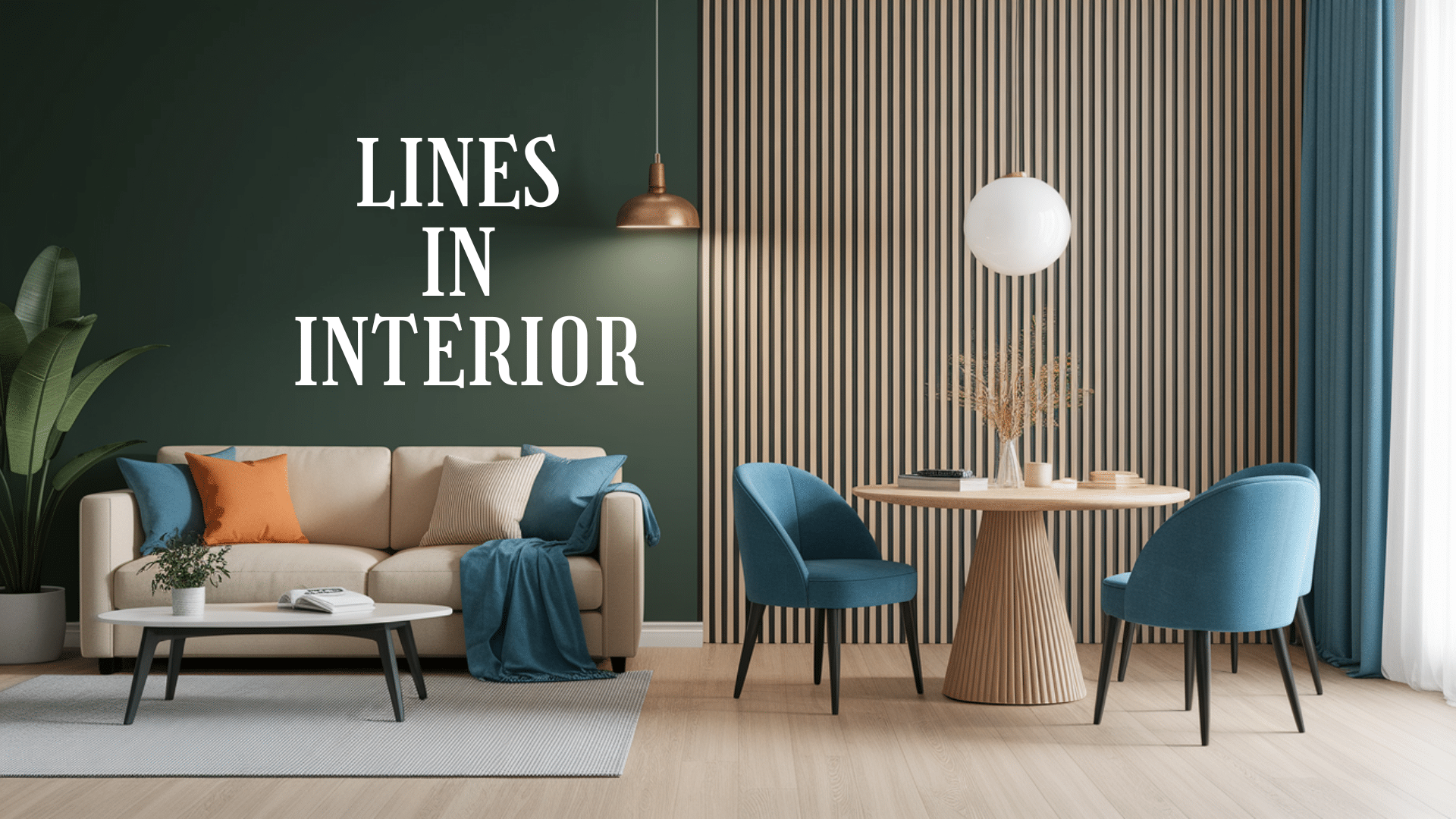What’s the secret ingredient that makes some rooms feel magical while others fall flat? It’s not expensive furniture or fancy accessories – it’s lines.
Lines are everywhere in your home – in furniture edges, wall trim, and even the way objects are arranged. They silently shape how a room feels without you even knowing it.
Straight lines can make a space feel orderly and calm. Curved lines add softness and comfort. Diagonal lines bring energy and movement.
Understanding how to use different types of lines can transform your home from just “okay” to “wow!” Even small changes in how you arrange furniture or hang artwork can make a big difference.
In this guide, you’ll learn the basic types of lines in interior design and simple ways to use them in your own home; no design degree is needed!
What is a Line in Interior Design?
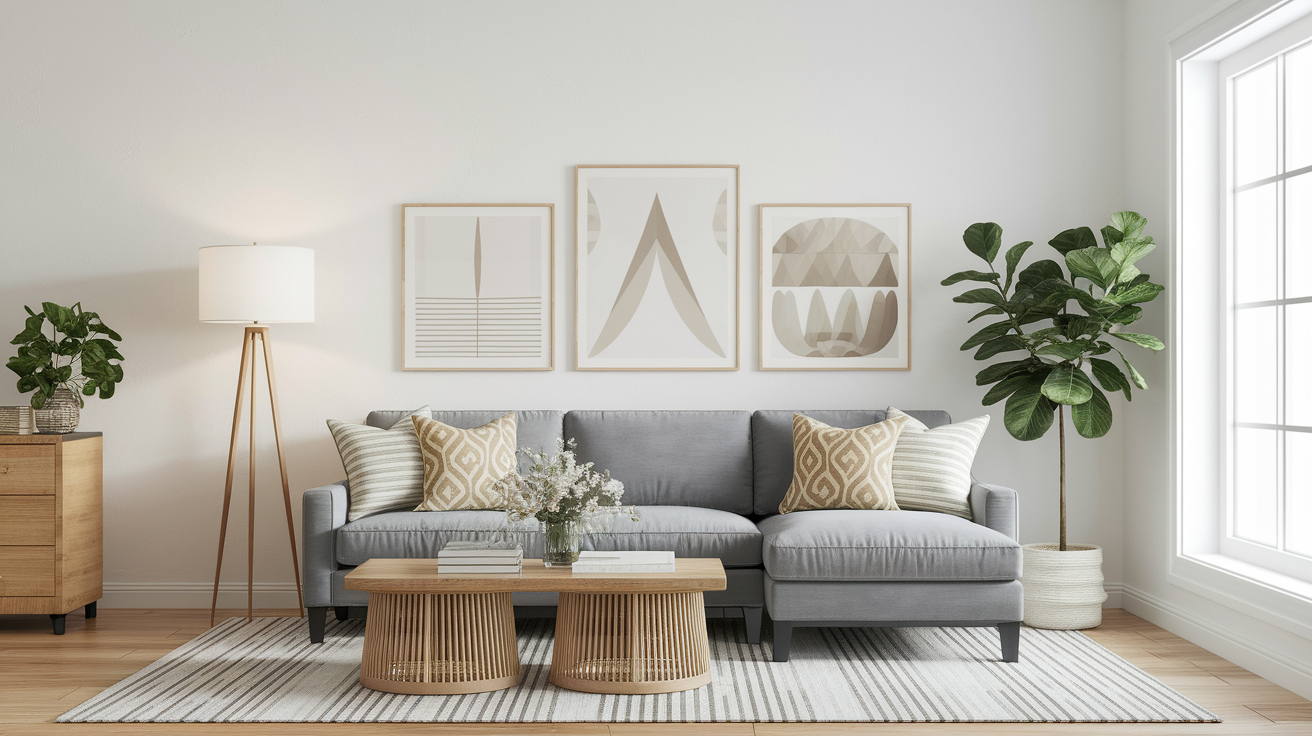
Lines are the paths that guide your eyes through a room. They create direction in a space. Think of lines as silent tour guides for your eyes.
Lines work behind the scenes in every room. The edge of your sofa creates a line. The shape of your windows forms lines. The pattern on your rug adds more lines. All these elements build your room’s visual story.
Some rooms make you feel calm. Others energize you. That’s the power of lines at work!
- Vertical lines make a room feel taller. Think of tall bookshelves or floor-to-ceiling curtains.
- Horizontal lines make spaces feel wider. Picture a long TV stand or the lines of shiplap on a wall.
- Diagonal and curved lines add excitement. They turn ordinary rooms into something special.
The best part? You can use lines to fix design problems. They can highlight your room’s best features.
Also read:What is Form in Interior Design? and understand the 3D elements of your space!
Importance of Line in Interior Design
Line is the silent storyteller in every room, guiding how we experience spaces without us even realizing it.
- Lines create invisible paths for your eyes to follow as you scan a room.
- They can transform cramped spaces into airy retreats or make vast rooms feel intimate and cozy.
- Vertical lines pull your gaze upward, making ceilings soar higher than they actually are.
- Horizontal lines stretch walls visually, making rooms feel more expansive and grounded.
- The right lines organize your furniture and décor in ways that feel natural and intuitive.
- They spotlight architectural gems while cleverly disguising a room’s less attractive features.
- When balanced properly, lines create harmony that feels satisfying on a deep, subconscious level.
- Lines in flooring act as subtle guides, directing traffic flow through your home.
Types of Lines in Interior Design
Lines are the building blocks of design that shape how we experience and feel in a space.
Straight Lines: Establishing Order and Structure
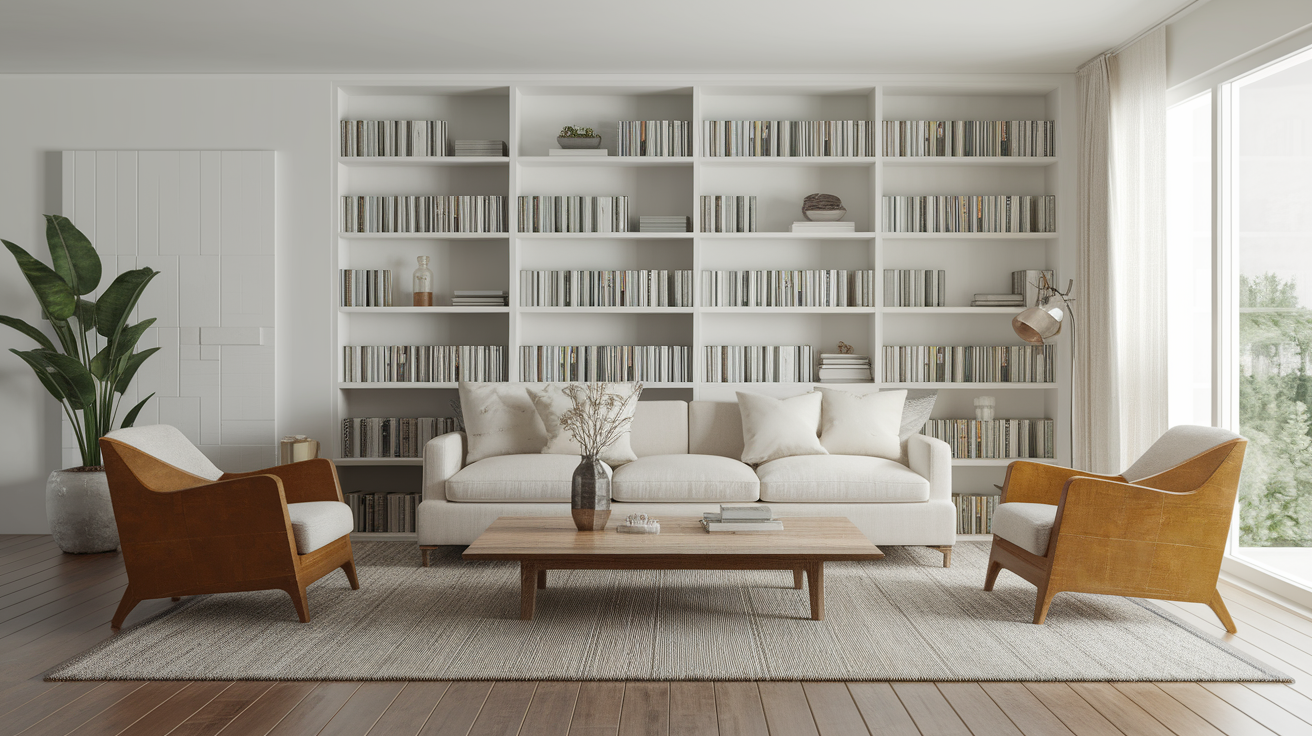
These are the building blocks of organization in any well-designed space.
Straight lines bring a sense of order and clarity to a room. They create clean, crisp edges that feel modern and organized.
You’ll find them in square coffee tables, bookshelves, and window frames. They work well in kitchens and offices where organization matters. Too many straight lines can feel cold or rigid if not balanced with other elements.
Horizontal Lines: Creating Stability and Calmness
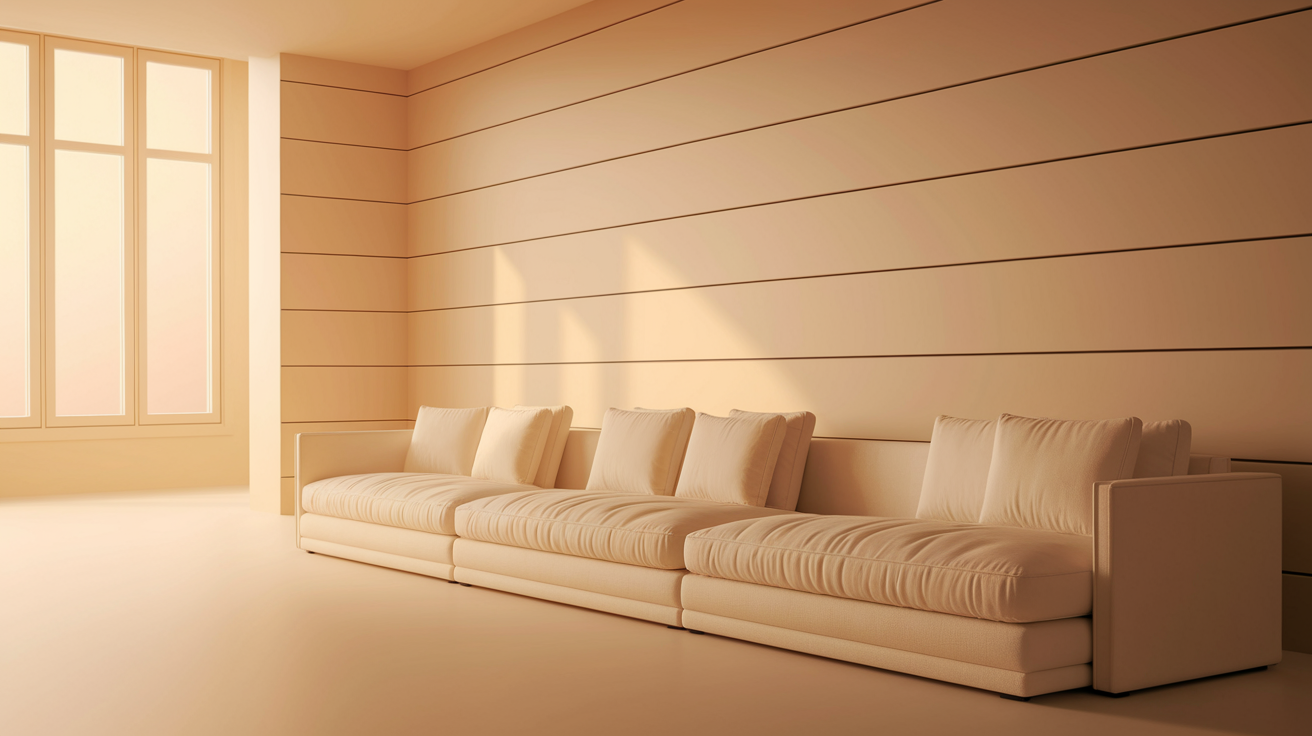
Like the horizon at sunset, these lines bring peace and expansiveness to your rooms.
Horizontal lines make spaces feel wider and more open, creating a sense of stability and calmness.
Look for them in low sofas, long TV stands, and wall paneling. They’re perfect for small rooms that need to feel bigger. Use them in bedrooms and living rooms where relaxation is key.
Vertical Lines: Enhancing Height and Balance
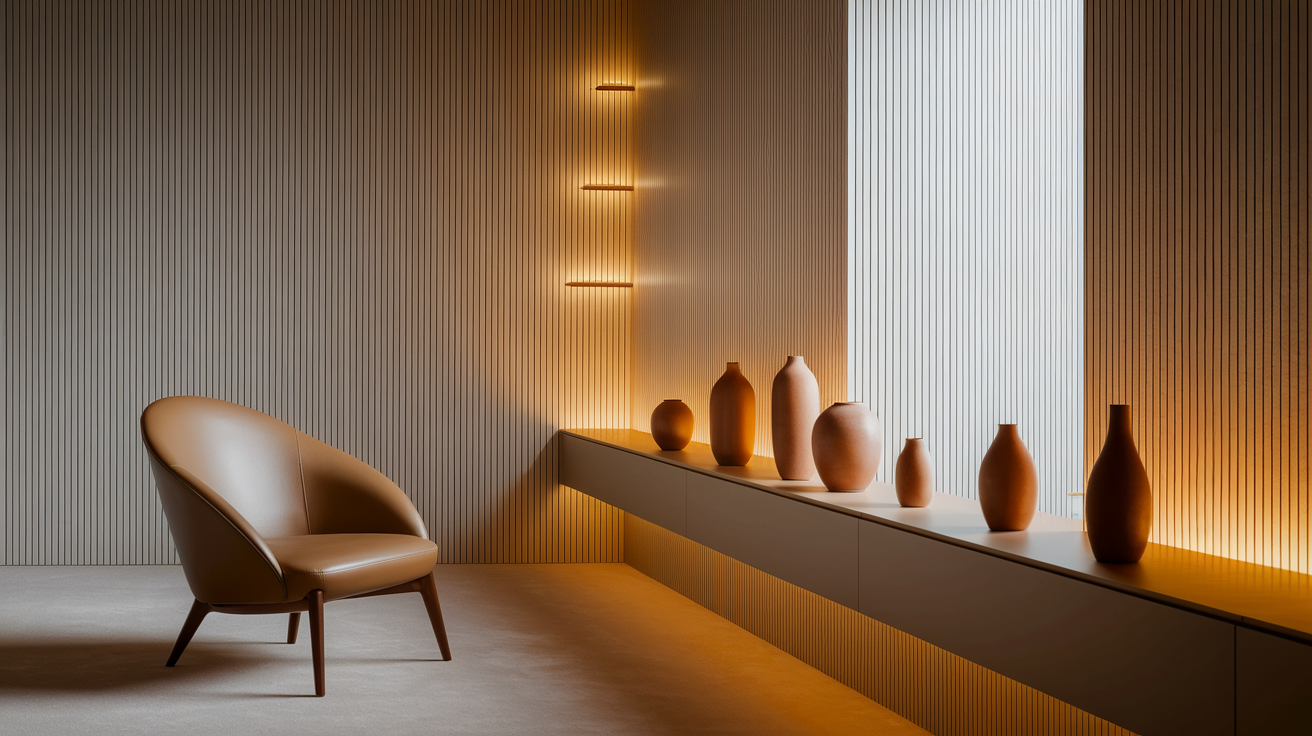
These upward-reaching lines add dignity and lift to even the most modest spaces.
Vertical lines draw your eye upward, making ceilings feel higher. They add a sense of dignity and formality to a space.
Floor-to-ceiling curtains, tall cabinets, and column details create vertical lines. They’re ideal for rooms with low ceilings that need a lift. They can make narrow spaces feel even tighter if overused.
Diagonal Lines: Adding Movement and Energy
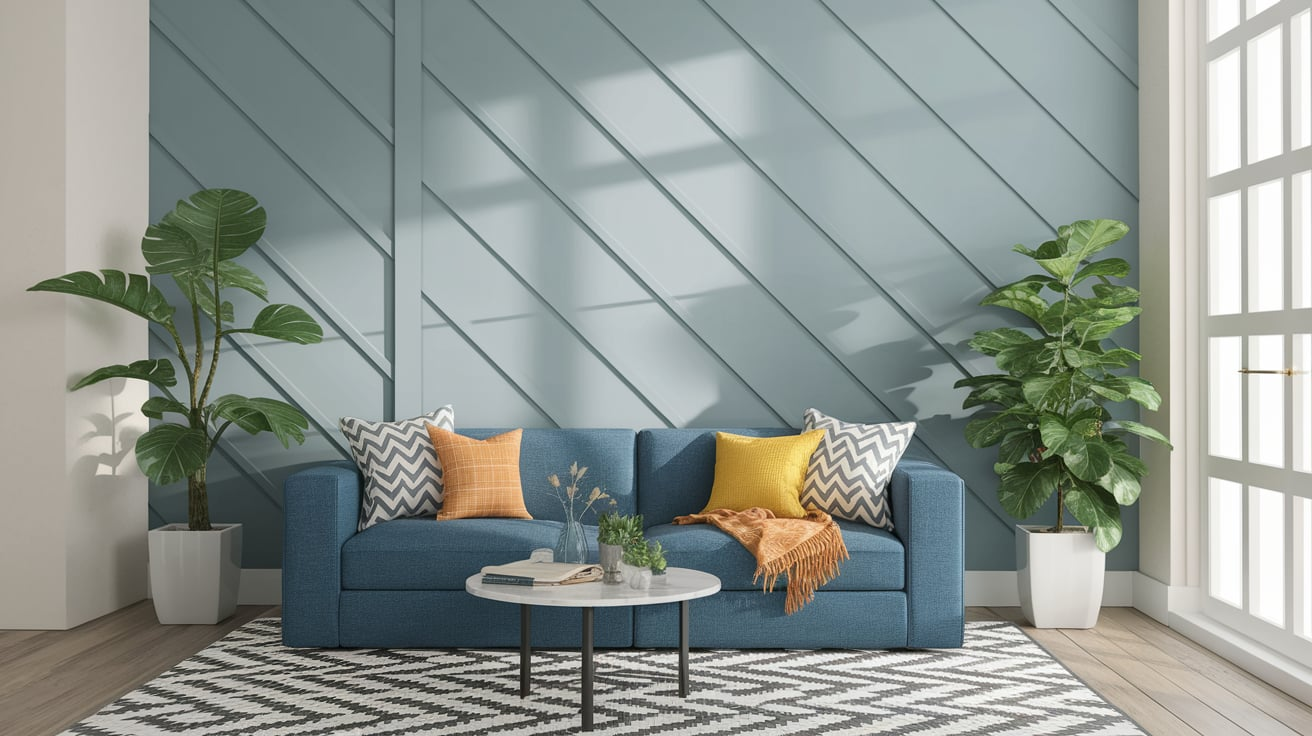
Like a bolt of lightning, diagonal lines inject instant energy wherever they appear.
Diagonal lines create instant energy and movement in a room. They’re dynamic and can make a space feel active and alive.
Slanted bookcases, angled furniture arrangements, and chevron patterns all use diagonal lines. They’re great for breaking up too many straight lines. Use them in areas where you want to create visual interest and energy.
Zig-Zag Lines: Introducing Playfulness and Rhythm
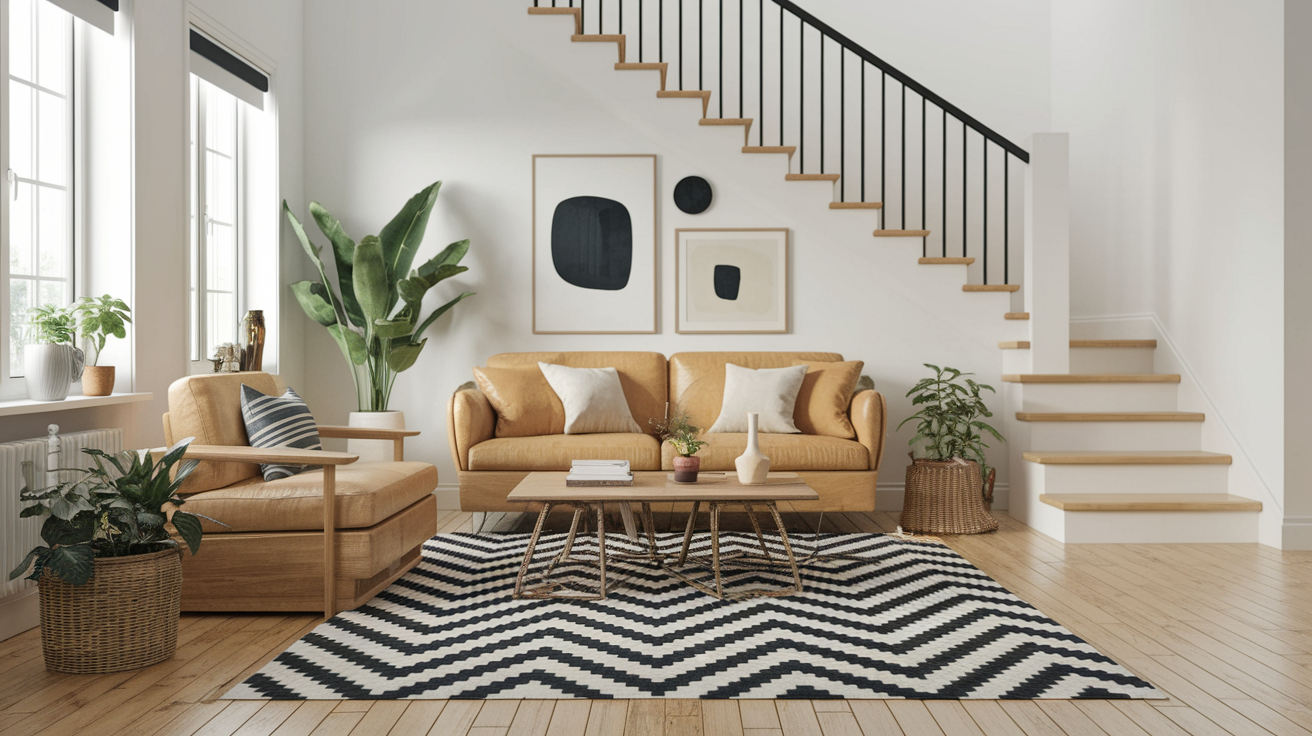
These playful lines add personality and unexpected twists to your spaces.
Zig-zag lines add a fun, playful quality to spaces. They create visual rhythm that keeps your eye moving. You’ll see them in chevron patterns, modern staircases, and some lighting fixtures.
They work well in kids’ rooms, game rooms, or casual spaces. In small doses, they add interest without overwhelming a room.
Circular Lines: Softening Harsh Edges and Bringing Flow
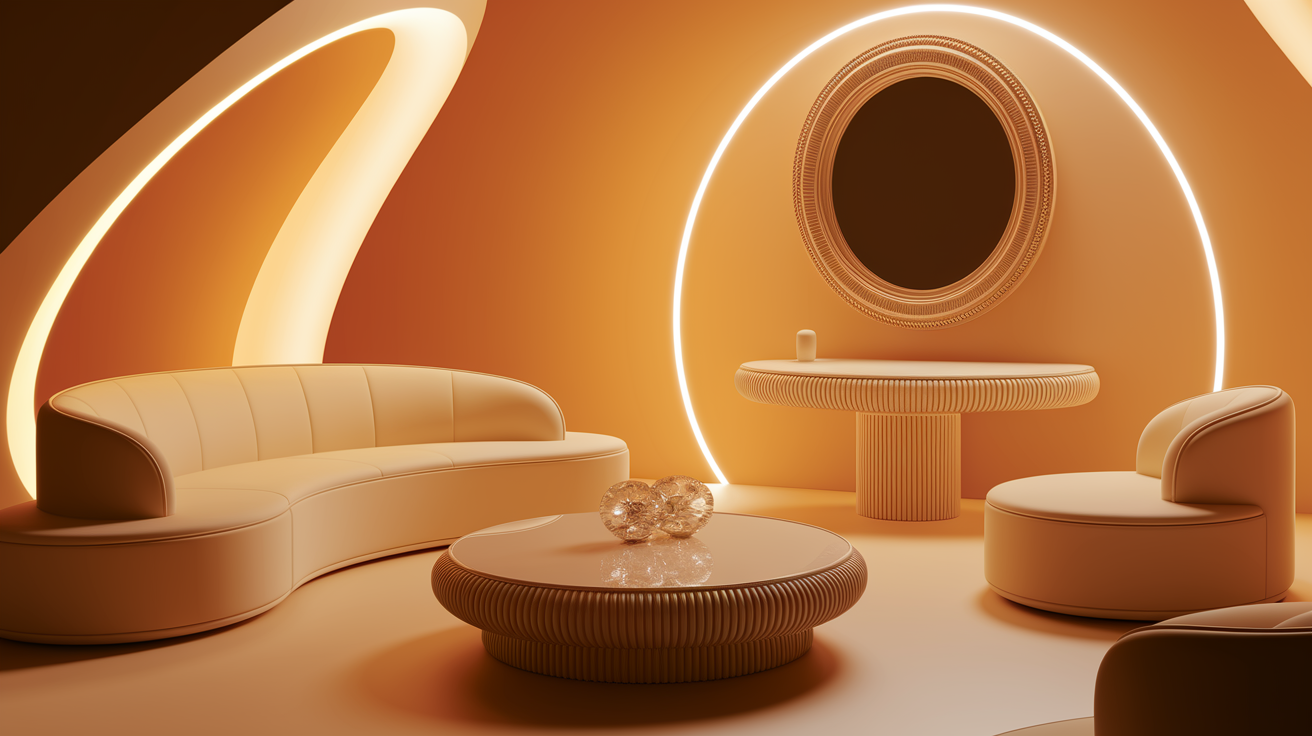
Perfect circles create harmony and wholeness in design, just as they do in nature.
Circular lines have no beginning or end, creating harmony and unity. They feel complete and self-contained, adding a sense of wholeness. Round mirrors, tables, and light fixtures bring circular lines into a room.
They’re perfect for breaking up too many angular shapes. Circular lines can make a room feel more social and connected.
Curved Lines: Softening Spaces and Promoting Flow
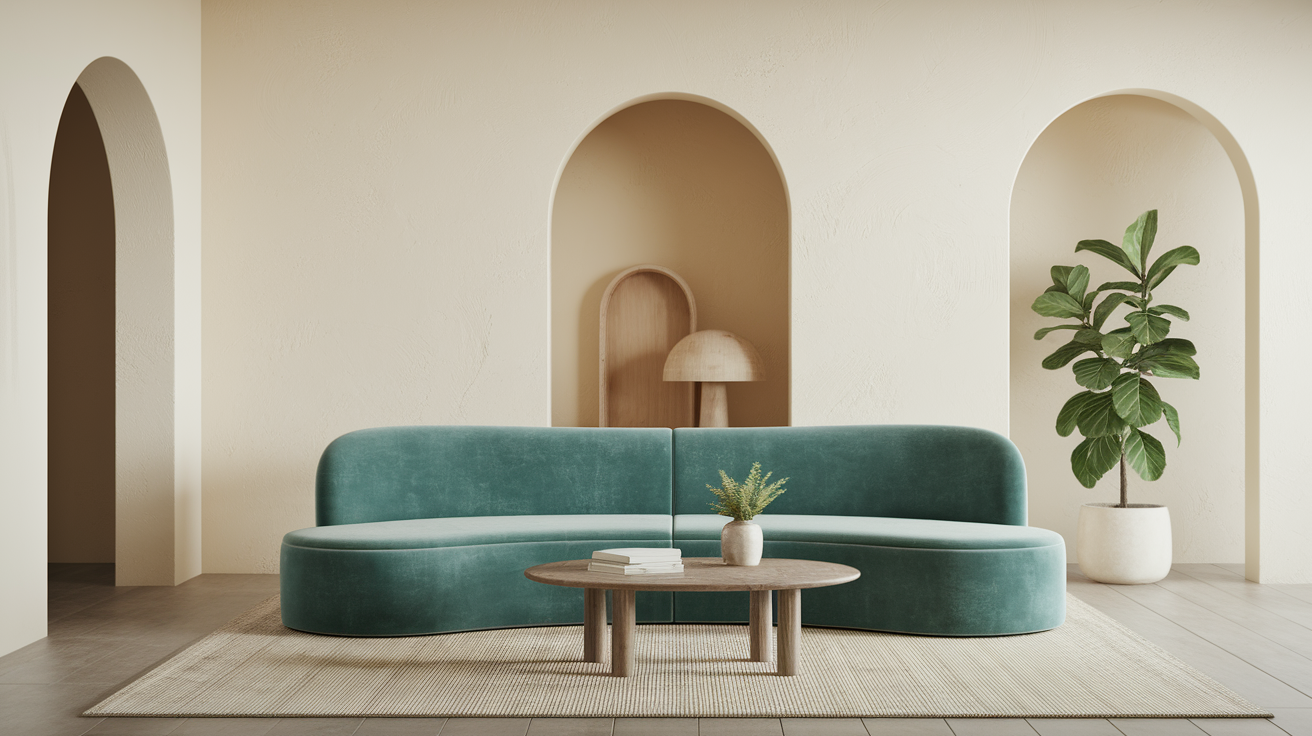
Like gentle waves, curved lines bring grace and natural movement to rigid spaces.
Curved lines feel organic and natural in a space. They create a sense of movement and flow through a room. Curved sofas, arched doorways, and rounded corners all use curved lines.
They make spaces feel more welcoming and approachable. Curved lines help spaces feel less rigid and more inviting.
How to Use Line in Interior Design
Master the art of using lines to upgrade any room from ordinary to extraordinary.
Create Focus with Leading Lines
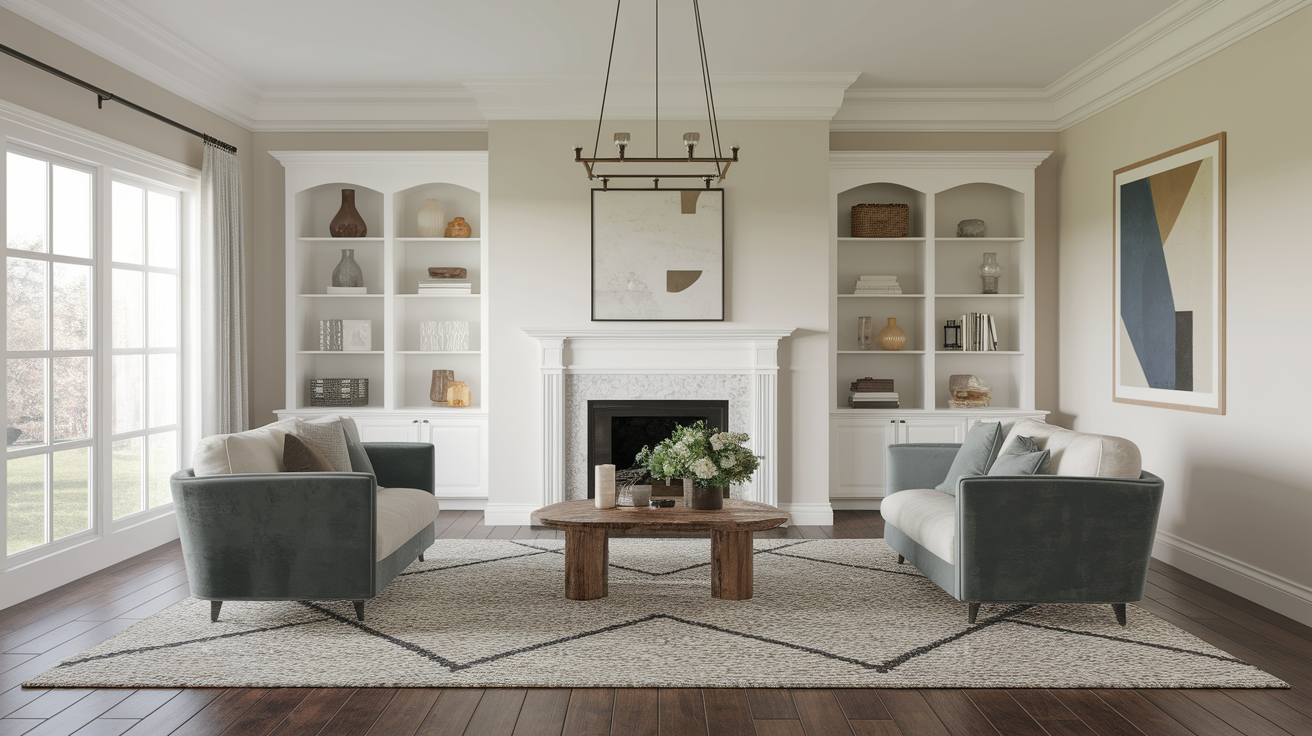
Use lines to direct attention to special features in your room. Place a runner rug pointing toward a fireplace. Arrange floating shelves that lead the eye to artwork—position furniture to create pathways that naturally guide people to conversation areas or focal points.
Correct Room Proportions
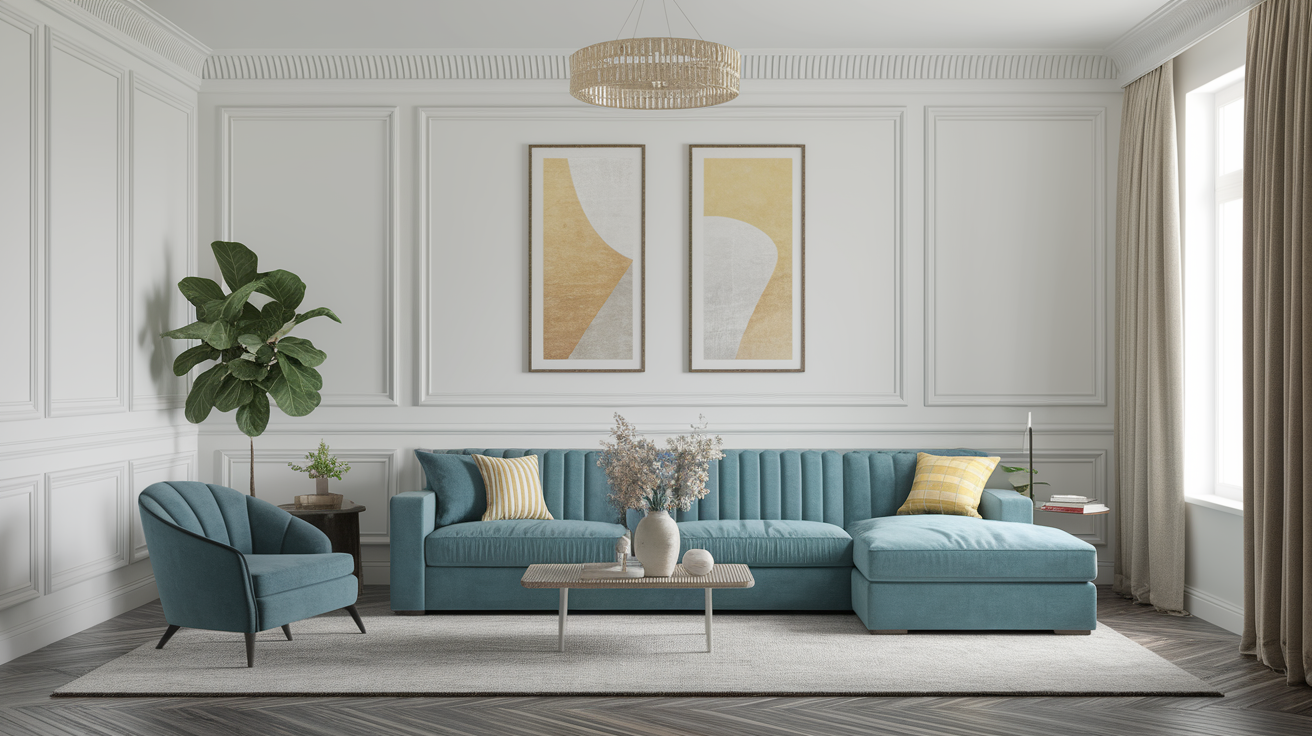
Fix awkward room shapes with strategic line placement. Make short walls feel longer with horizontal stripes or shelving. Use vertical patterns to raise low ceilings visually. Break up long, narrow rooms with furniture arranged to create perpendicular lines to the length.
Mix Different Line Types
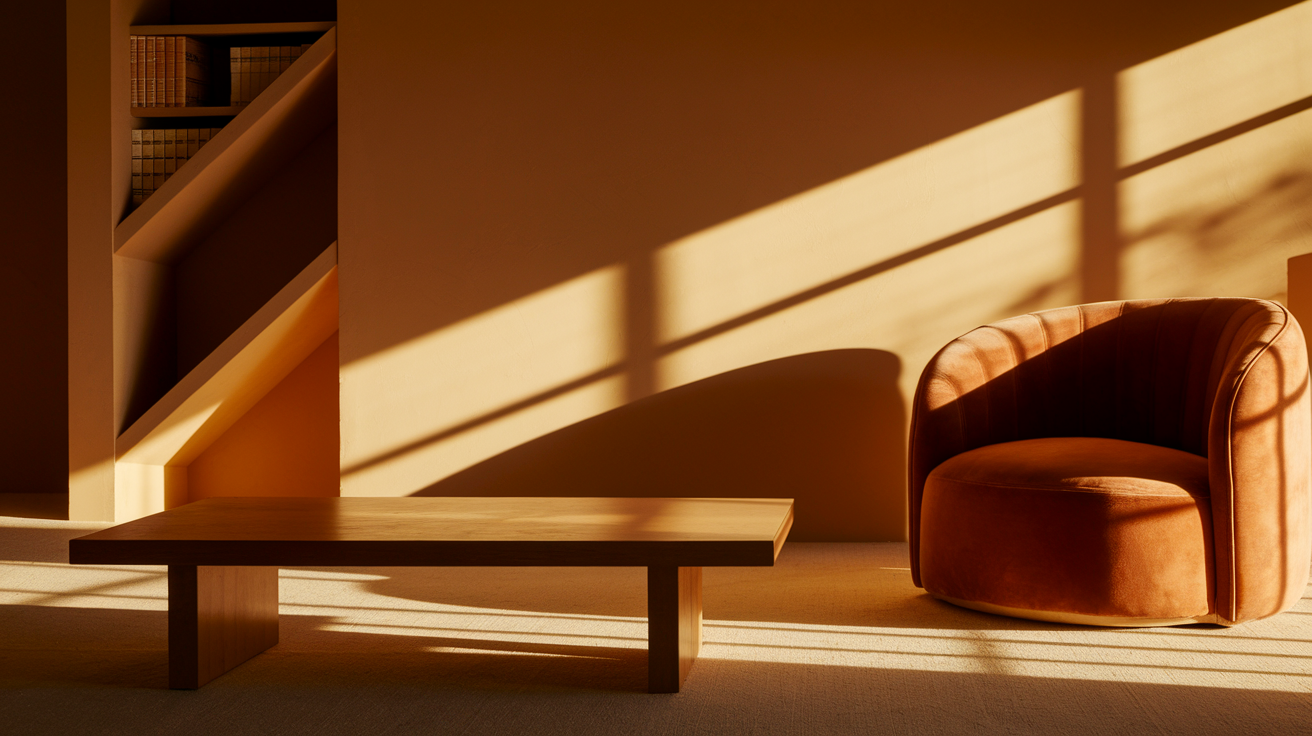
Combine various lines for a well-rounded space. Too many straight lines can feel cold, and too many curves can feel chaotic. Aim for a thoughtful mix. A room with mostly straight-lined furniture might need a round mirror or curved lamp to soften the effect.
Create Rhythm with Repetition
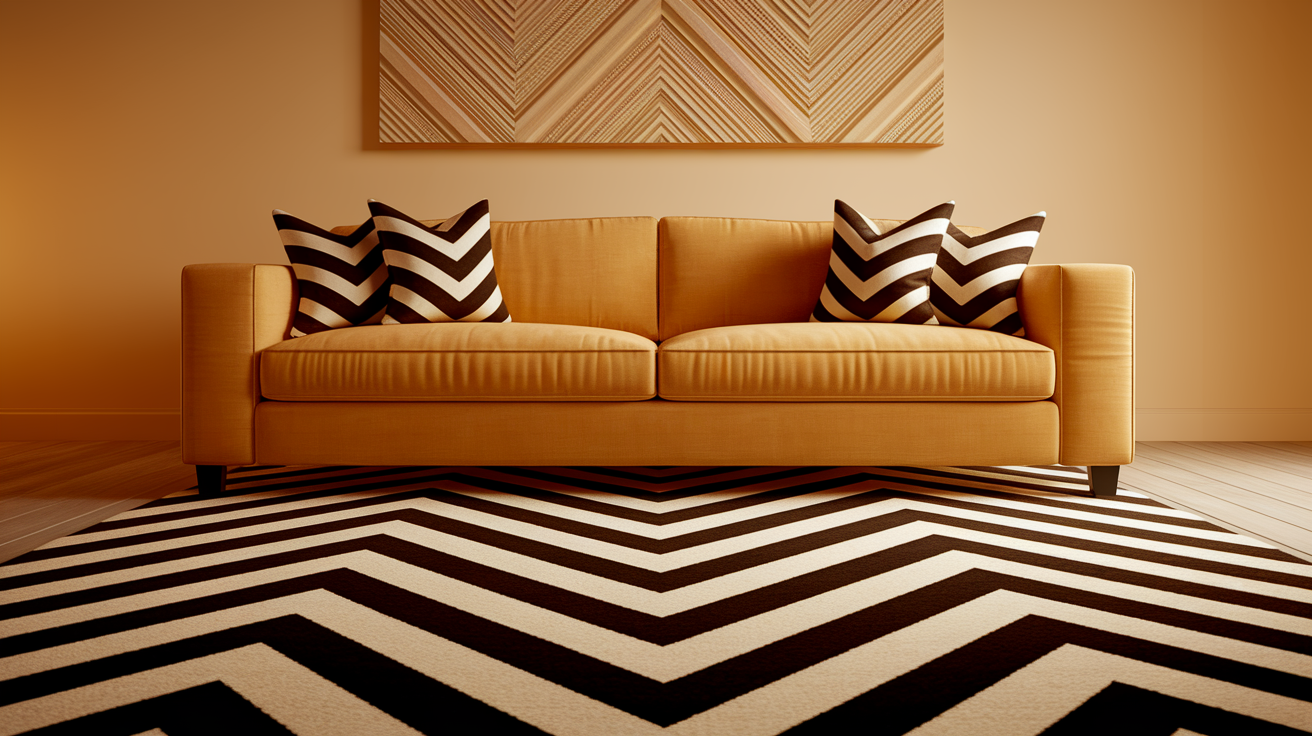
Repeat similar line patterns throughout a room for cohesion. If you have a chevron rug, echo that pattern in smaller doses with a throw pillow or wall art. This creates a sense of rhythmic design rather than random elements.
Layer Line Elements
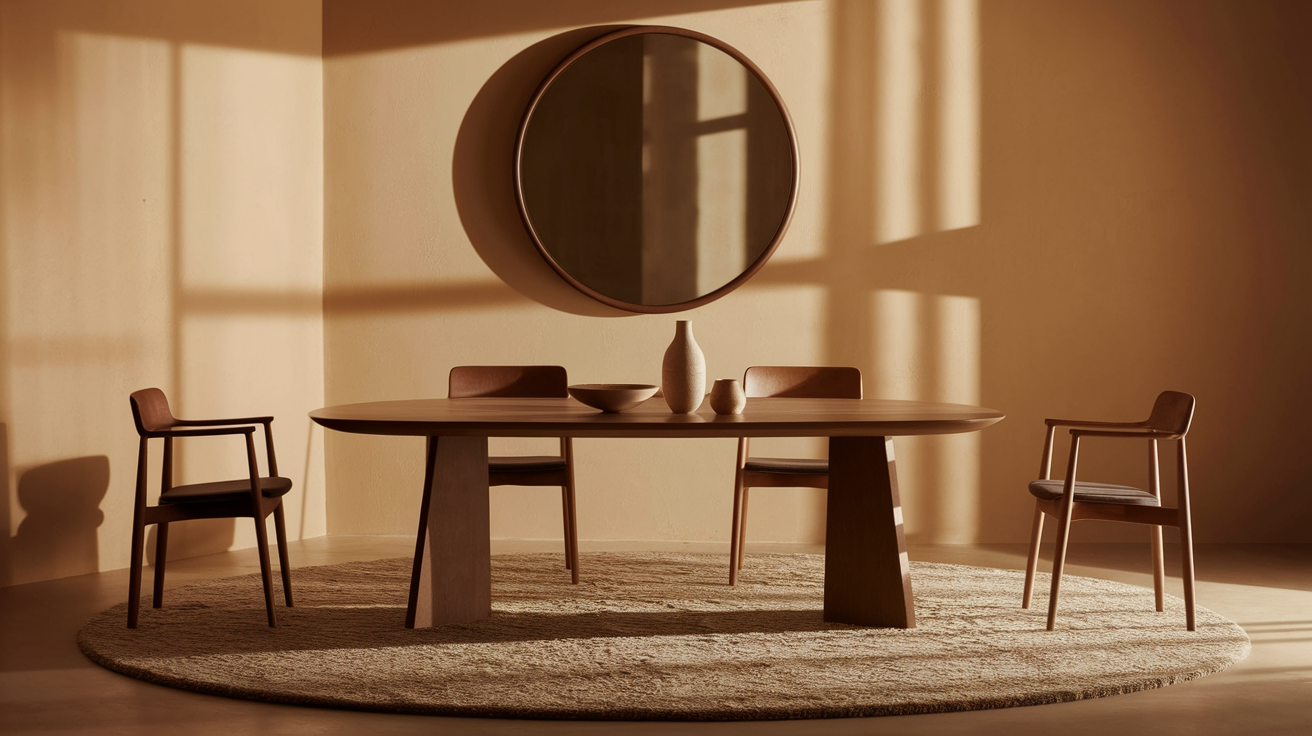
Build depth by layering different line elements. For example, hang a round mirror over a console table with straight lines. Place a rectangular coffee table on a circular rug or just layer rugs. This layering creates a rich, designed look that feels professional and thoughtful.
Follow the 60-30-10 RuleUse one line type for 60% of your space (primary furniture, architecture), another for 30% (accent furniture, major décor), and the final 10% for a third line type for small accessories.
Bringing It All Together: The Power of Line in Your Home
Ready to upgrade your space with the secret language of design? Lines aren’t just visual elements; they’re mood-setters, problem-solvers, and room-transformers hiding in plain sight!
Next time you walk into a room that makes you feel “just right,” pay attention to the lines at work.
Is it the horizontal bookshelf creating calm? The vertical window treatments add height? Or those curved elements bringing warmth?
Rearrange furniture to create new pathways. Add a round mirror to a boxy kitchen. Place a few diagonal accents to bring life to a dull corner.
Take the first step today! Snap a photo of your favorite room, make one simple line-focused change, and see the difference. Then share your before-and-after results. Your dream space is just a thoughtful line away!
Looking for more interior design inspiration? Check out our other guides on interior design to create a home you’ll love.

